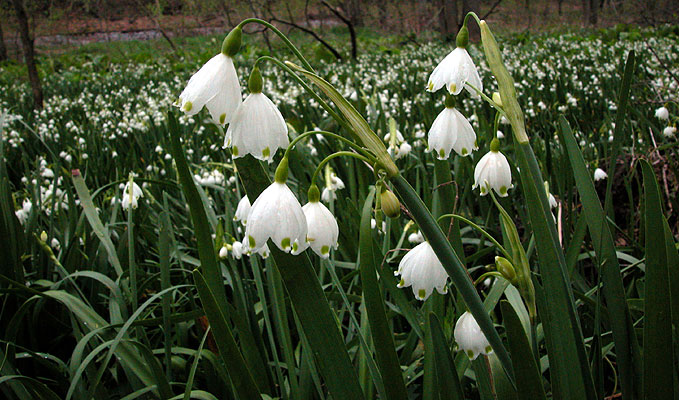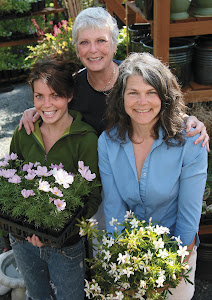Dear CRD Resident,
Thank you once again for your submission to deermanagement@crd.bc.ca. In the 3 months since opening this dedicated e-mail address we have received nearly 400 responses, which speaks to the depth of public interest in deer management on the South Island. We will consider all feedback that we receive as we move forward.
On November 9, 2011, the CRD Board of Directors directed staff to develop the terms of reference for a Deer Management Plan for the Capital Regional District, a first step toward establishing a plan of action on this matter. Staff are expected to report back to the CRD Board with the Plan’s terms of reference in early 2012.
In developing the terms of reference for the CRD Deer Management Plan, staff have been instructed that the document should consider:
- relevant solutions from the region’s in-progress goose management strategy
- select relevant deer control measures identified in the B.C. Ministry of Environment’s Hesse Report
- scoping the geographic areas where deer management strategies are needed
- public engagement strategy and potential for citizen advisory group in Plan development
- moving the Deer Management Plan from strategy into action
- how partnership arrangements for technical expertise, as well as funding and implementation strategies will be addressed
In the meantime, the deermanagement@crd.bc.ca e-mail address will remain active for the public to continue submitting ideas and opinions on deer management in the CRD.
Further, by December 5th, 2011, we will make all of the information that we have compiled and referenced to date on deer management available on a dedicated page of the CRD website atwww.crd.bc.ca/deermanagement.
Thank you for your continued interest in this matter.
Darcee Strawson, Administrative Clerk II
Planning and Protective Services | Regional Planning
Capital Regional District | 625 Fisgard Street, Victoria, BC V8W 2S6
T: 250.360.3195 | F: 250.360.3159 | dstrawson@crd.bc.ca | www.crd.bc.ca
































































